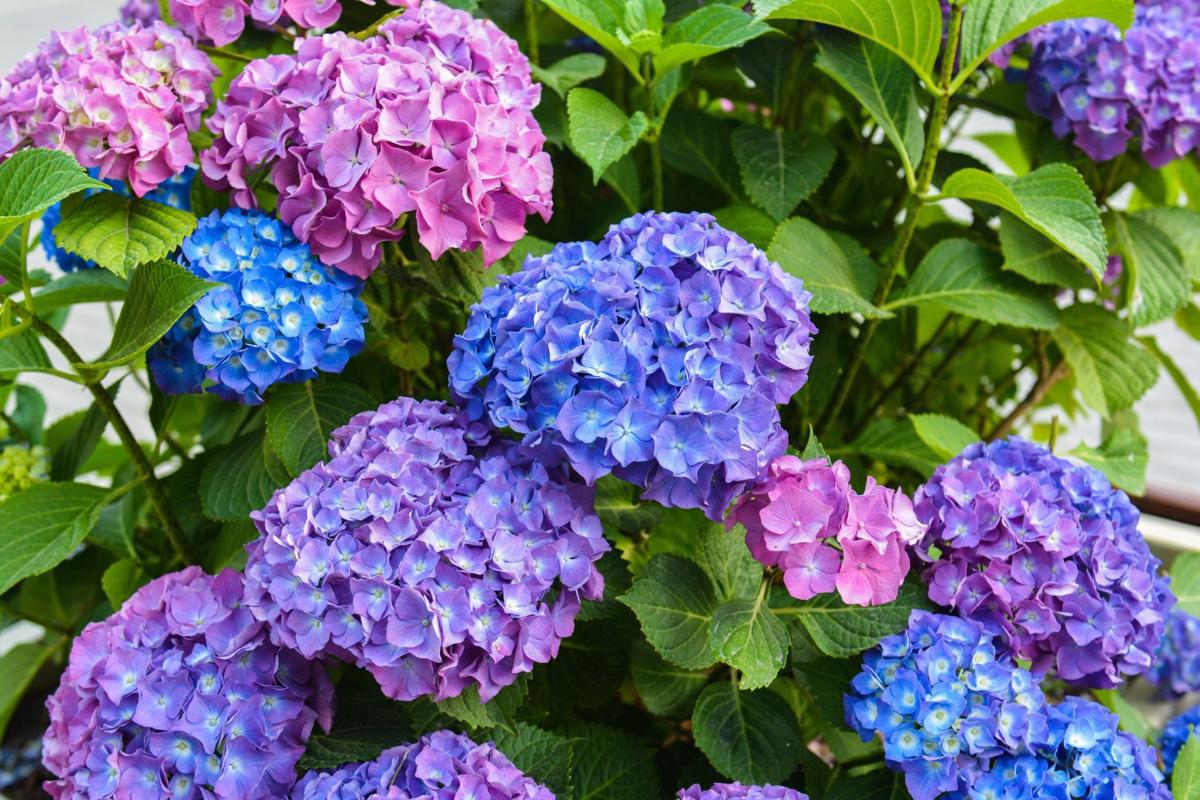Hydrangeas are a beloved group of flowering plants with their lush, vibrant blooms that have captured the hearts of gardeners worldwide. Originating from Japan, these perennials are part of the Hydrangeaceae family and are known for their bushy form. In indoor conditions, hydroponics enthusiasts can expect these beauties to reach up to 60 cm in height. Fast-growing, hydrangeas flower rapidly, often within the following year of root establishment.
Getting Started with Hydrangea Care
While hydrangeas are relatively easy to cultivate, they come with their own set of unique requirements crucial for optimal growth. Ensuring they have the right conditions will result in the longevity and vibrancy of their blooms, lasting from April to November.
Ideal Conditions for Growth
The hydrangea thrives best in temperatures not exceeding 64.4°F in summer, while maintaining about 44.6°F in the winter. Such regulated temperatures encourage robust flowering. Providing the right humidity is also essential; daily misting with soft water is recommended to keep the hydrangea hydrated.
Lighting and Potting Essentials
Bright, diffused light is ideal for hydrangeas, making an east-facing window the perfect placement. If situated in a southern window, they should be shaded to prevent scorched leaves. An airy soil mix is key. A recommended potting mixture includes one part turf ground, one part coarse-grained sand or perlite, and two parts peat or humus. For those interested in enhancing their hydrangea’s blue or violet hues, a soil pH below 5.5 should be maintained, potentially adding iron-ammonium alum or aluminum sulfate.
Watering Requirements
Hydrangeas need a consistently moist environment, yet overwatering can be detrimental. During their growth period, they should be watered at least once every two days; in contrast, winter calls for more frugal watering every 10 days. An effective technique for even watering involves immersing the pot in a container of water for 10 minutes, allowing excess to drain away after.
Fertilization and Repotting
These plants require fertile soil and benefit from liquid fertilizers every 10 to 15 days during their growth season. When repotting, which is necessary every 2 to 3 years, choose a new pot that is 1.5 times larger to accommodate growth, being cautious to avoid transplanting during the blooming period.
Ensuring Healthy Growth
One of the joys of growing hydrangeas is watching their colorful blooms change with soil conditions and care techniques. A lack of nutrients or improper watering can halt growth, so regular assessment and care adjustments are vital. Pruning in spring is important; trimming back shoots to just two pairs of leaves ensures sustained growth and flowering.
Pest Control and Common Difficulties
Hydrangeas, like many indoor plants, can be susceptible to pests such as spider mites, mealybugs, thrips, and aphids. They’re also responsive to moisture deficits, evident through quick leaf wilting. Placement of the plant pot in water can remedy this dehydration. Other signs of distress include yellowing leaves from inadequate light and vein yellowing from hard water use.
In terms of toxicity, while their beauty makes them tempting, hydrangea leaves are not edible and should be kept out of reach from children and pets.
Embracing the charm of hydrangeas can be profoundly rewarding when equipped with the right knowledge for their care. The journey from budding to full bloom not only brings satisfaction but also an alluring display that transforms any space. Through adherence to these guidelines, hydrangeas can flourish magnificently, adding vibrant colors and textures to your indoor garden. Observations and adjustments are part of mastering hydrangea care, transforming these lovely plants into cornerstones of indoor floral art.






